Contact Us
Contact:
Jamie Wyatt
Director, Honors and Scholars Programs
Anderson Hall, Room 140 on a map
Summer Scholars and Artists Program 4400 Massachusetts Avenue NW Washington, DC 20016 United States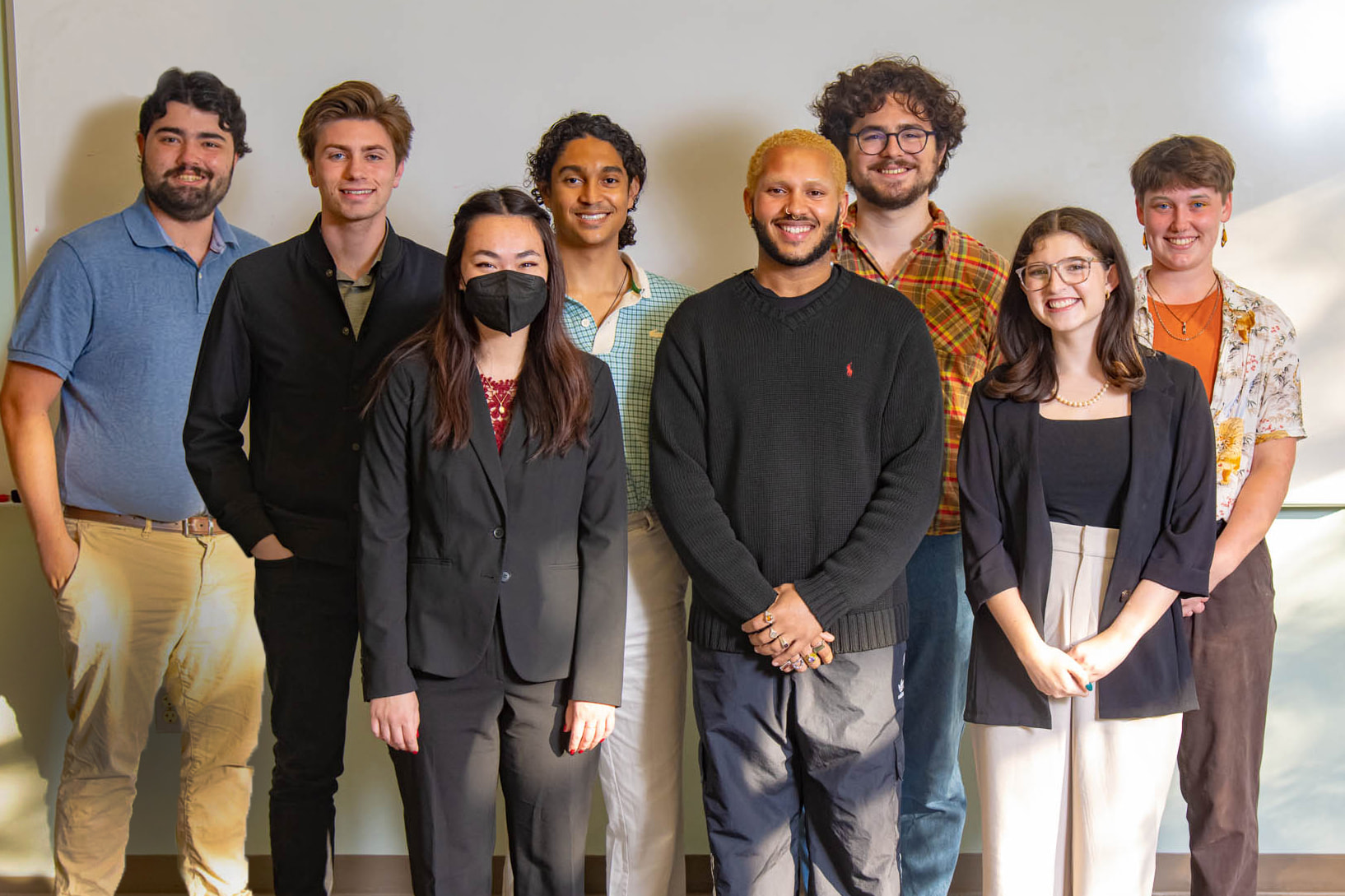
2022 Summer Scholars and Artists
William Brown, SIS ‘23 International Studies Major
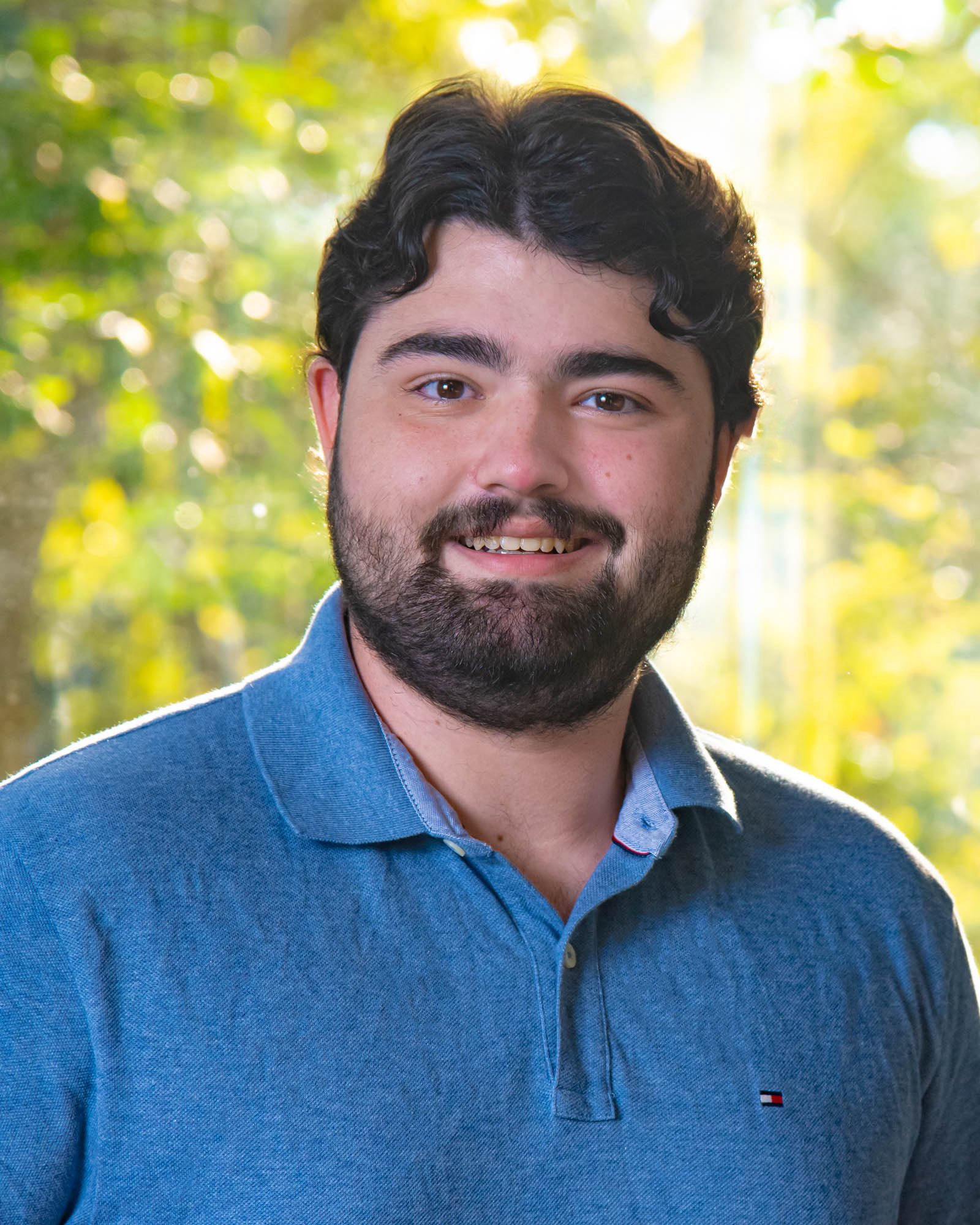
The Kenyan Military and the Protection of Civilians in Somalia
Abstract: The Kenyan Defence Forces (KDF) have participated in the African Union Mission in Somalia (AMISOM) since 2011 and have been charged with the Protection of Civilians (POC) task since joining the operation. This study attempts to analyze how the KDF has implemented the POC mandate in Somalia, and why. This project argues that a variety of actors have created an incentive system in Somalia that rewards KDF units and commanders who passively remain in their bases, and punish those who actively protect civilians in their sector. The three primary mechanisms that make up this system are a desire to avoid casualties, financial incentives to avoid conflict, and the lack of a long-term solution. When combined, these mechanisms create a system that results in poor POC outcomes in Somalia, with devastating effects on the civilian population. While the generalizability of these results is limited due to AMISOM's unique mandate, the results are still important to understanding how peacekeepers operate in stabilization missions is limited due to AMISOM's unique mandate, the results are still important to understanding how peacekeepers operate in stabilization missions.
August Clarke, CAS/SPA ‘23 Double Major in Political Science and Literature

Cosmos or Chaos? Exploring Notions of Progress in the Science Fiction of H.G. Wells and Yevgeny Zamyatin
Abstract: This study seeks to demonstrate the proximity of the relations between Russian novelist Yevgeny Zamyatin and English writer H.G. Wells. Unearthing evidence of Zamyatin’s enthusiasm for Wells’ fiction illustrates the literary and intellectual correspondence between two political geographies: the emergent Soviet Union and industrial England. Employing formal modernist practices, each respective writer embraces speculative fiction as an enabling medium for interrogating the meaning of ‘progress.’ Zamyatin’s, We and Wells’ A Modern Utopia react to the unprecedented advancements of modernity in multiple areas of knowledge, particularly in politics and science. Given its unique way of staging future outcomes, the science fiction genre affords each author an attempt to reflect on the potential of their present society. Wells’ utopia and Zamyatin’s dystopia also reveal modernity’s progress as a gesture towards ordering human nature. In remarkably different ways, both respond to modernity’s impulses of ordering nature through progress. Accordingly, the contours of traditional thought between the East and the West are effectively reconfigured.
Clarice Cook, CAS ’23 Public Health Major with a Minor in Spanish
FSCV, LCMS, & UV-VIS for Detection of Glutamate in Food
Abstract: Glutamate (L-Glutamic Acid) is an excitatory neurotransmitter and amino acid found in many foods in both a free form and a protein-bound form. In its free (unbound) form, Glu is in the L-configuration and is used as a flavor enhancer in processed foods as monosodium glutamate (MSG). Free Glu is considered an exotoxin which means that, when present in high enough amounts, it can over-excite a neuron and kill it. Exotoxins, like glutamate, in the diet have been found to influence Alzheimer’s, Parkinson’s, Multiple Sclerosis, migraines, anxiety, depression, PTSD, and several other illnesses. Despite its impact on a variety of disorders, a standard method of detection for Free Glu in foods does not exist. My research involves using LCMS (liquid chromatography-mass spectroscopy), UV-Vis (Ultraviolet-visible spectroscopy), and FSCV (Fast-scan cyclic voltammetry) to quantify glutamate in different foods. This summer, I began working to develop a method for the detection of known glutamate concentrations with each of the three techniques.
Parthav Easwar, CAS/SPA ’24 Double Major in Environmental and Political Science
Trends in Food Imports in Kiribati in Relation to Nutrition Transition
Abstract: Nutrition Transition is a phenomenon where the diets of globalizing countries become increasingly westernized and move away from traditional diets. This is a healthcare problem due to an increasing incidence of non-communicable diseases (NCDs) in countries which undergo an integration into the global economy, which is tied to an increased consumption of meats, fats and carbohydrates. As western diets comprise of higher quantities of these foods, the nutrition transition theory is a leading cause of the rise in NCDs. Kiribati is also a major seafood exporter, particularly in the realm of tuna, due to its abundant seafood reserves. Despite this, Kiribati is at an import deficit that sees it import more food than it exports. Due to its international importance in the realm of seafood trade, understanding why the import deficit exists and whether there is a correlation between its positions as an importer and exporter is relevant. This research seeks to determine the existence of said correlation imports by analyzing and visualizing seafood export data, sourced from the ARTIS Seafood Trade Database and food import data, sourced from FAO Food Balance Sheets. The visualizations and analysis were performed using r, tidyverse and ggplot2. Results from the visualization of the FAO Food Balance Sheets generally corroborate what the nutrition transition theory would suggest. Continuations of the research will include updating analysis of the ARTIS data with an expanded time range and mapping the FAO Imports to subnational market survey data to examine the relations that Kiribati’s food imports have with consumption on the local level. The expanded time range for the ARTIS data would help make any correlations that may exist more visible. The subnational market survey would help determine whether the globalization of the economy in Kiribati has been uniform across its islands and villages, or whether it varies.
Malik Gomes-Cruz, CAS ’23 Double Major in Dance and African American & African Diaspora Studies
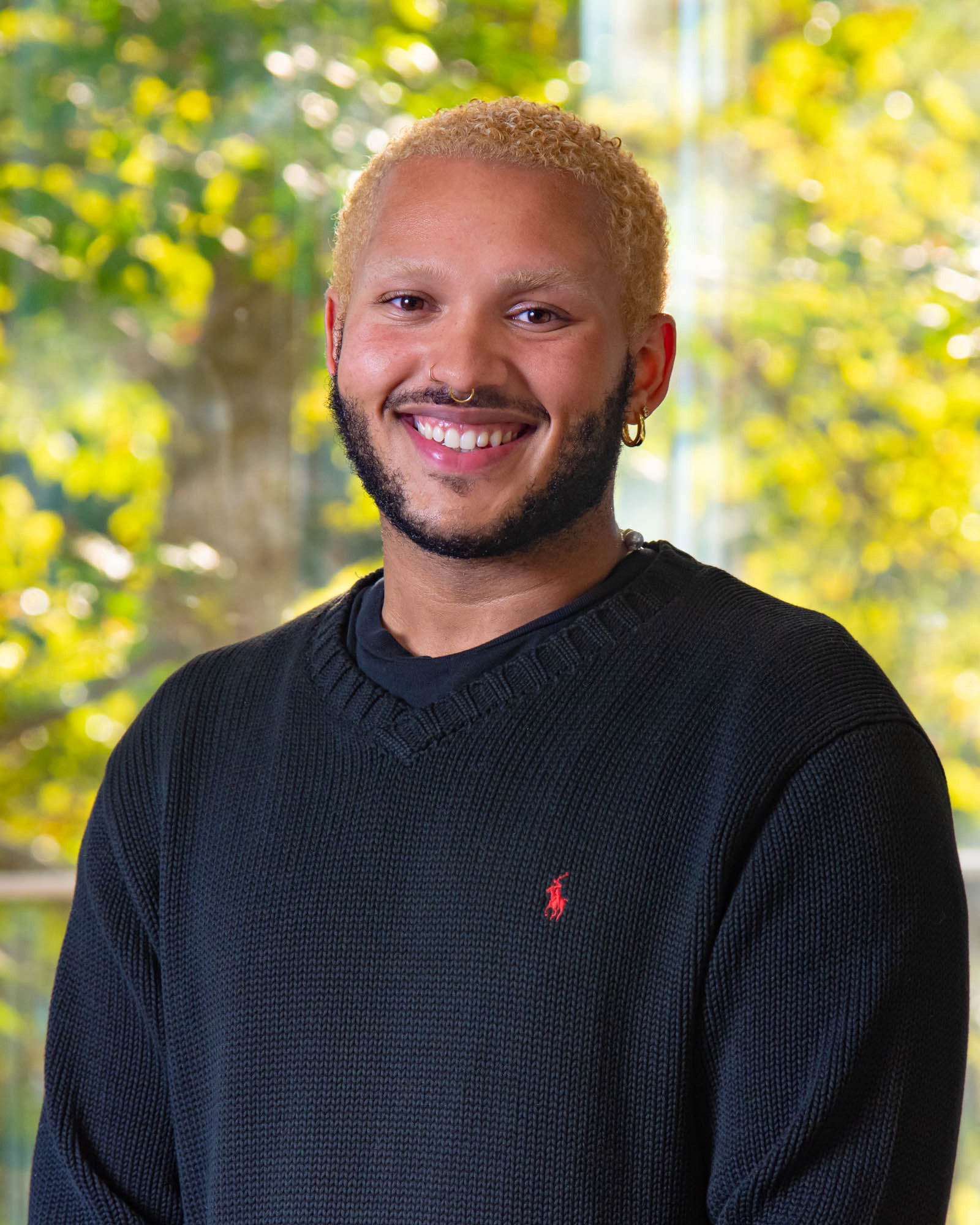
Trouble Your Mother: A Praxis for Nation Building Within the Black Body
Abstract: What is home to you? The first instinct of many is to recall a geographical location. For others, home is a corporeal state of being that transverses land. Home can be elusive for many Black Americans as it is contextualized by the complex relationship between Blackness and colonialist power structures. Current scholarship from Stacie Selmonas McCormick argues that Black bodies are born without a home or nation in this colonialist society, and therefore, spend their lives in a fugitive state. This research project, Trouble Your Mother, builds from McCormick’s argument by seeking to unearth the methods and innate processes of the Black body to cultivate home for the self. The dancing body puts ideas into action, making it a valuable site of investigation. I have worked to identify the Malcolm X Park drum circle, Sankofa Video and Bookstore, and West African Dance class taught by Mama Syliva at Dance Place as three fugitive nations in Washington, DC where Black people home-build through embodied practices. Utilizing ethnographic methodologies to observe and interview community members within these spaces, this research arrives at a third metaphysical and spiritual understanding of home. Conventions like rhythm, the circle, and the nomo (the act of speaking ideas into existence) facilitate the expression of the Black soul. Each of the nations identified here embody these three components through consistent ritualistic engagement. Trouble Your Mother began by asking what is home, and so ends by stating home resides in the Black soul. Rhythm, the circle, and the nomo nurture the soul and connect Black bodies in community across space and time. Home is not one place, nor one people, but a collective continuum of Black truth, knowledge, and beauty.
Jules Losee, CAS ’23 Double Major in American Studies and Communications
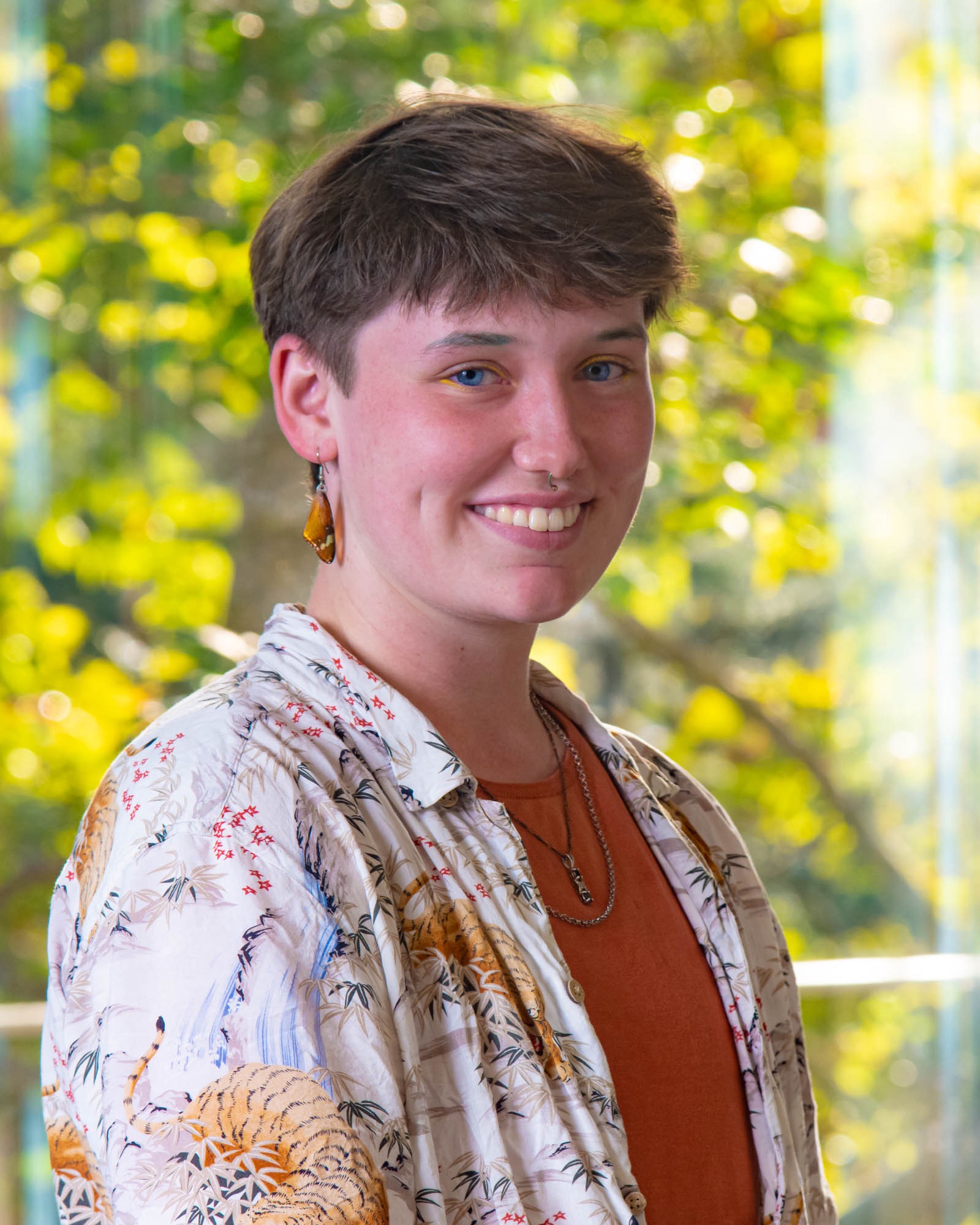
Where Love Grows: How Art Coaxes Queer Community Through Prison Walls
Abstract: Over the summer research period, Jules Losee launched a collaborative research and art project with the goal of empowering queer and transgender artists to add to an underrepresented archive of voices on incarceration. Where the U.S. prison system aims to disappear society’s most marginalized people from view, collaborative art does the opposite by allowing both the artists and the viewers to partake in an intimate and emotional experience that resists constant threats of erasure and invisibility. Most importantly, by giving participating artists compensation, decision-making power and agency over what happens to their art, this project attempts to subvert the traditional researcher/subject dynamics that have historically treated transgender subjects as “problems,” “questions,” and “disorders.” By reaching out to already-existing artist connections in a Texas prison, trust-building with local and national organizations, and conducting phone interviews with nonprofit workers, Jules also highlights the complex social dynamics and logistics involved in bringing queer incarcerated voices out of prison. This project is continuing in the form of a senior capstone in the department of Critical Race and Gender Studies, where the dynamics of nonprofit organizations and prison art will be further examined.
Timothy Manugian, CAS/SPA ‘24 CLEG Major with a Minor in History
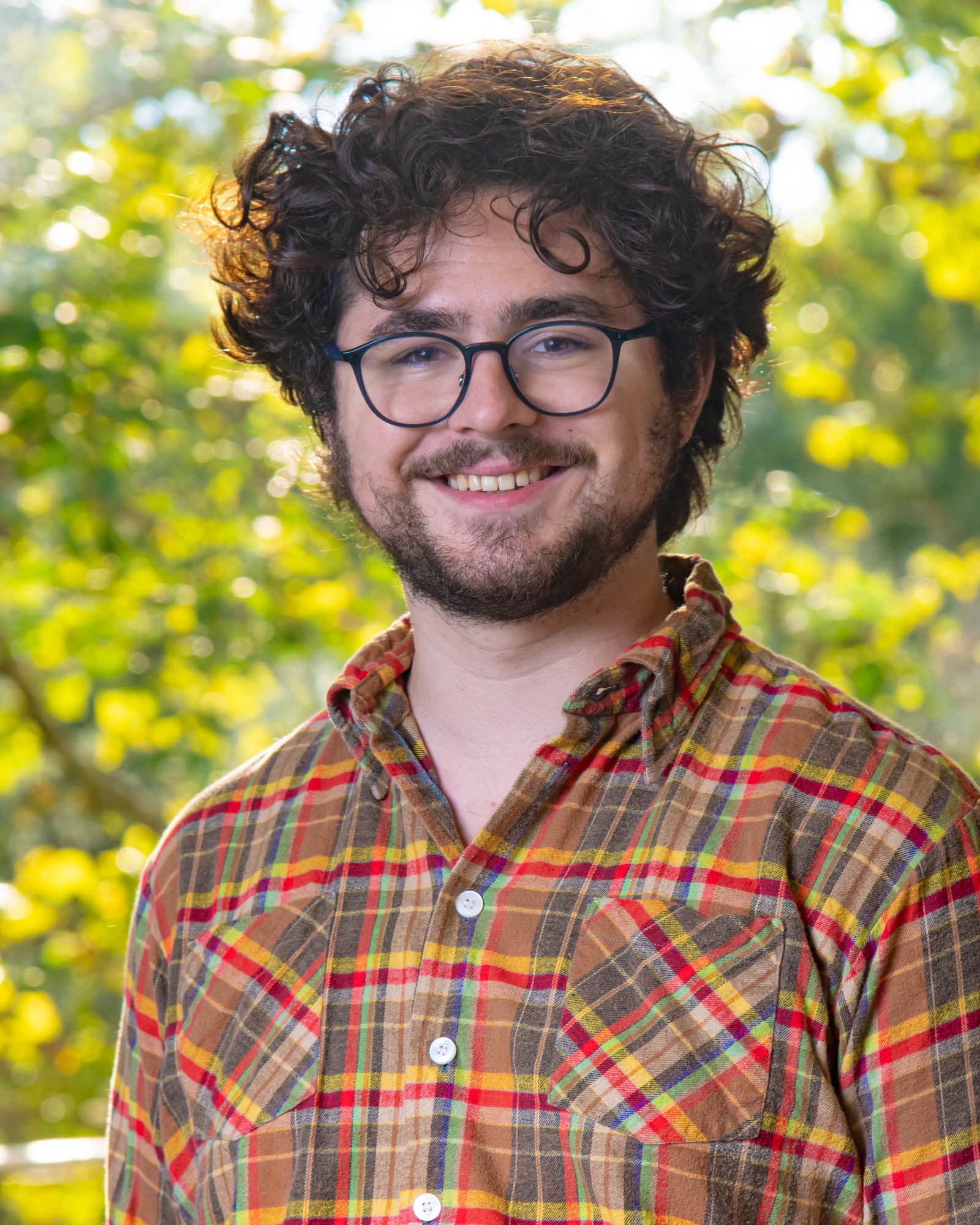
The Staying Power of the Klan: An Investigation of Groton, Massachusetts
Abstract: American inquiries into white supremacy have often centered around the legacy of slavery in the South. While more Americans are beginning to confront the fact that white supremacy’s roots reach beyond historic slave-holding states, there are many places where the legacy of white supremacy remains hidden, particularly in politically liberal Northeastern states. Groton’s proximity to the educated liberal Northern elite makes its hidden history of Klan activity a question of interest. As a small town with a strong archival tradition, Groton’s rich collection of primary sources in local historical societies and municipal buildings enables effective tracking of the precursors and aftershocks of the Klan. The town’s intimate social relations, careful census and notarial records, and active local press made it possible to trace the impact of individuals associated with the Klan, organizations affected by the Klan, and the public boards that elected Klan-endorsed candidates to municipal office. This research project was able to reconstruct a complex set of social dynamics that, taken in totality, force us to question our preconceived notions of white supremacy in US politics.
The empirical questions that this study addresses include: How did the Klan arrive in Groton? What was the depth of the involvement of the Ku Klux Klan in Groton? How did the Klan and anti-Klan movements alike shape the town? These historical, empirically based questions allowed the project to reflect on the following larger issues: What does Groton’s experience with the Klan in the first three decades of the twentieth century tell us about our national histories of the second wave of Klan activities, which until now have focused on the Midwest and Southern U.S.? What can we glean about how our histories of white supremacy have been written? How might Groton’s experience with the Ku Klux Klan illuminate the ways we interact with white supremacy now?
Andrea Marín Nuñez de Arce, SIS ’24 International Service Major
Locating Identities in the Pacific: Social Networks in the Federated States of Micronesia
Abstract: This project focuses on the social information systems that exist in the Federated States ofMicronesia (FSM) between the US government and their communities abroad. The politicalhistory between FSM and the US is intertwined with military interests dominating FSM nationalinterests with preserving culture, combating climate change, and maintaining strongrelationships within each island. More specifically, this research was focused on informalinterviews with individuals from the islands and those are now a part of the larger FSM diaspora.While individuals have strong networks amongst themselves, particularly on Facebook andInstagram, there is a barrier between community wants and bureaucratic fulfillment. The goal isto understand how information is shared and received between government institutions andthese communities.
Thrisha Mohan, CAS ’23 Double Major in Literature and Economics

The Model Indian: The Messaging of India Towards Diasporic Youth Through ‘The Great Indian Graphic Novel’
Abstract: This paper looks at the way India’s biggest comic book house, Amar Chitra Katha (ACK), has played an active role in reinforcing Brahmanical and Hindu nationalist rhetoric in the Indian diaspora in the United States. As a source marketed as educational, its portrayals of characters that rely on casteist and colorist portrayals of Hindu myths build on the Hindu nationalist notions of prescriptive righteousness and morality. This paper uses literary analysis of the mythology comics in the ACK collection alongside an analysis of formations of the Hindu diaspora in the United States and their alignment with Hindu nationalist groups. This paper finds that through the consolidation of cultural capital in the United States, singular mythological narratives and practices of Hinduism are prioritized as the dominant teachings of the religion, reinforcing casteism and colorism as inextricable from Hindu practice.
Abigail Sharkis, SPA ’24 Political Science Major
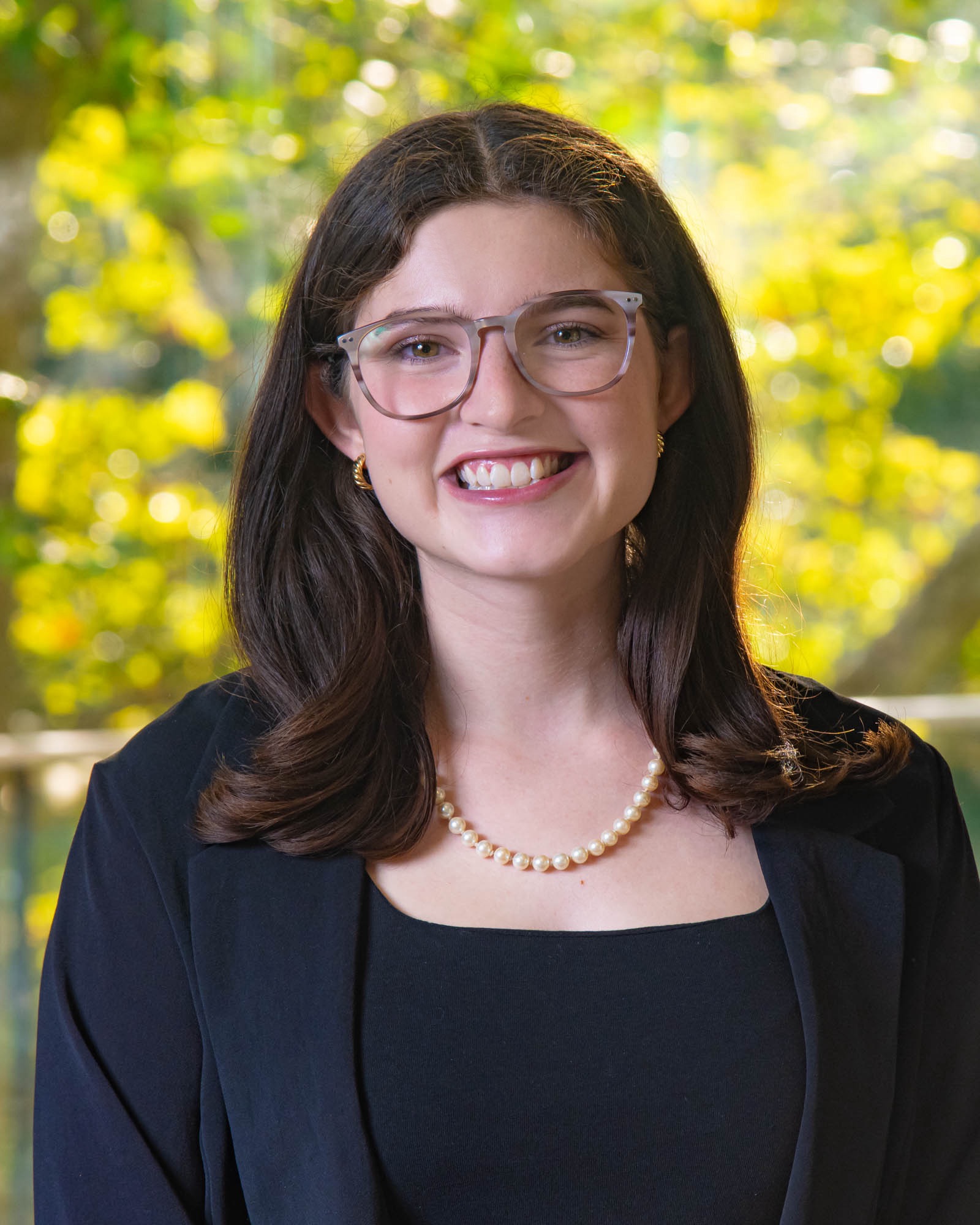
Labor Unions and Democratization: Their Relationship to Secessionist Violence
Abstract: Secessionist violence has resulted in some of the deadliest battles in human history: from the American Civil War to the most recent Russian invasion of Ukraine. Political scientists tend to look at secession as an idea that is primarily based on quarrels about identity and autonomy. Very recently there has been more focus on the economic motivations for secession and how they impact violent intrastate conflicts. Scholars have yet to examine the relationship between labor unions and secessionist movements. Using multivariate logistic regressions, this study employs union density and regime change as the independent variables with secessionist violence as the dependent variable while controlling for colonization and Eastern Bloc membership. The results show that there is a negative relationship between union density and secessionist violence and a positive relationship between the number of regime changes and secessionist violence when using data from 2000-2008. These relationships were found to be statistically significant meaning the null hypothesis was rejected and the alternative hypothesis was supported. These results encourage further and wider investigation into how unions and democratization affect secessionist movements. These outcomes also provide support for the idea that instant unconditional support for democratization is dangerous and can provoke violence.
Jo Spurgeon, CAS ‘24 Neuroscience Major
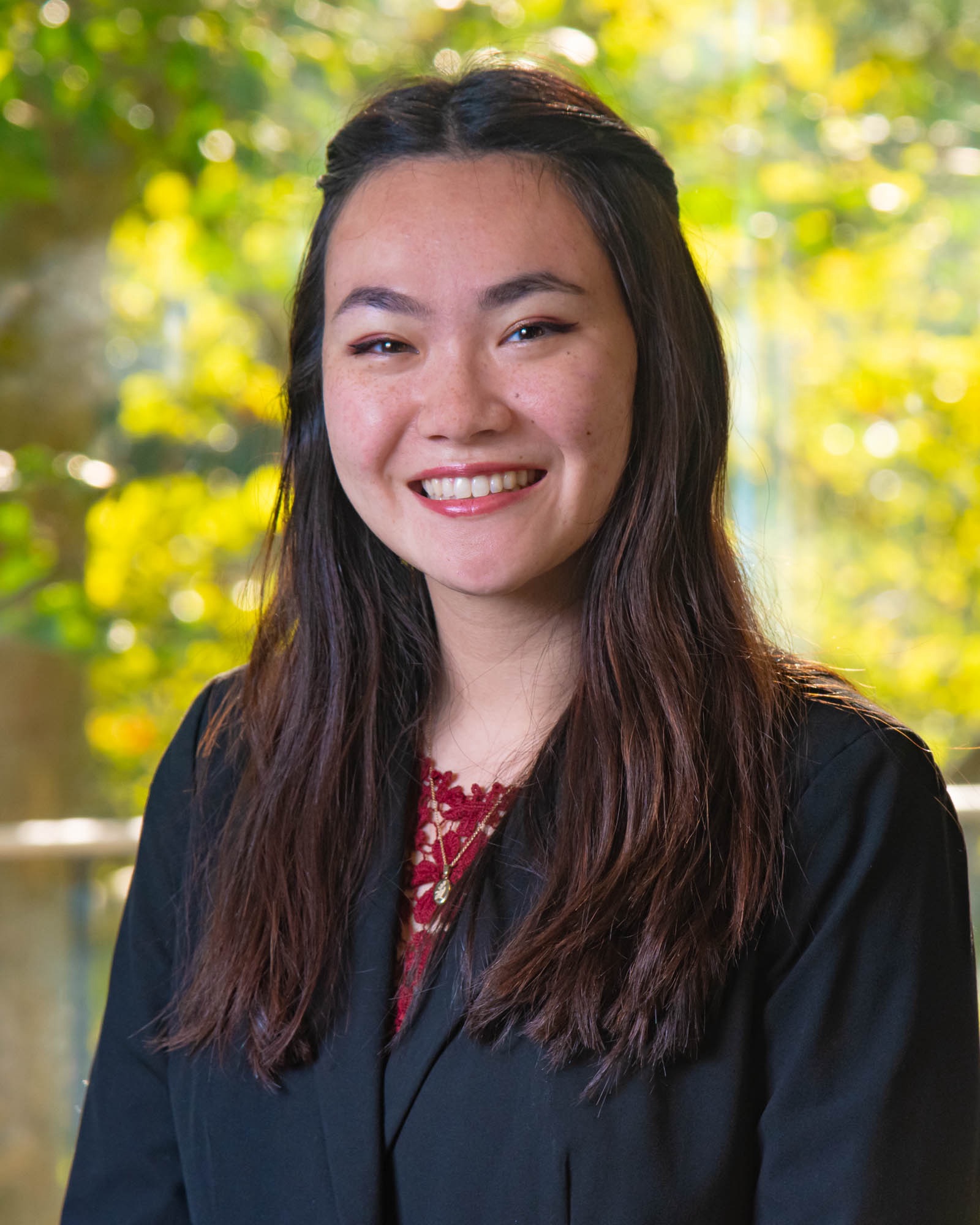
Effect of Depolarization on Aromatase and E2 Activity: Preliminary Procedure and Set-Up
Abstract: Synaptocrine signaling is defined by hormones being made at the synapse, in contrast to traditional neurosecretion, where hormones are made in the cell body. What is unknown, however, are the exact mechanisms regarding how hormones influence neurotransmitter release and, conversely, how depolarization can influence hormonal activity. Thus, the main question to be explored is how depolarization impacts aromatase and E2 provision in the zebra finch telencephalon. The experimental procedure was verified to answer this question by creating synaptosomes, exposing them to depolarizing conditions, and evaluating neurotransmitter levels in the supernatant. The procedure's success will be measured preliminarily in female zebra finches (n= 4). This evaluation will be made first via a glutamate ELISA assay and eventually via HPLC. Once the technique is verified, the depolarized synaptosomes will then be assessed for differences in aromatase; those differences will be measured via EIA. The hypothesis is that depolarized synaptosomes may have lower aromatase activity when compared to the controls. Additionally, while it is unclear what depolarization may do to E2 levels, one hypothesis is that E2 levels will be higher in the experimental group, thus alluding to the possibility of either E2 influencing neurotransmitter release pre-synaptically, or E2 affecting binding post-synaptically.
Kai Tomalin, SIS ’23 International Relations Major
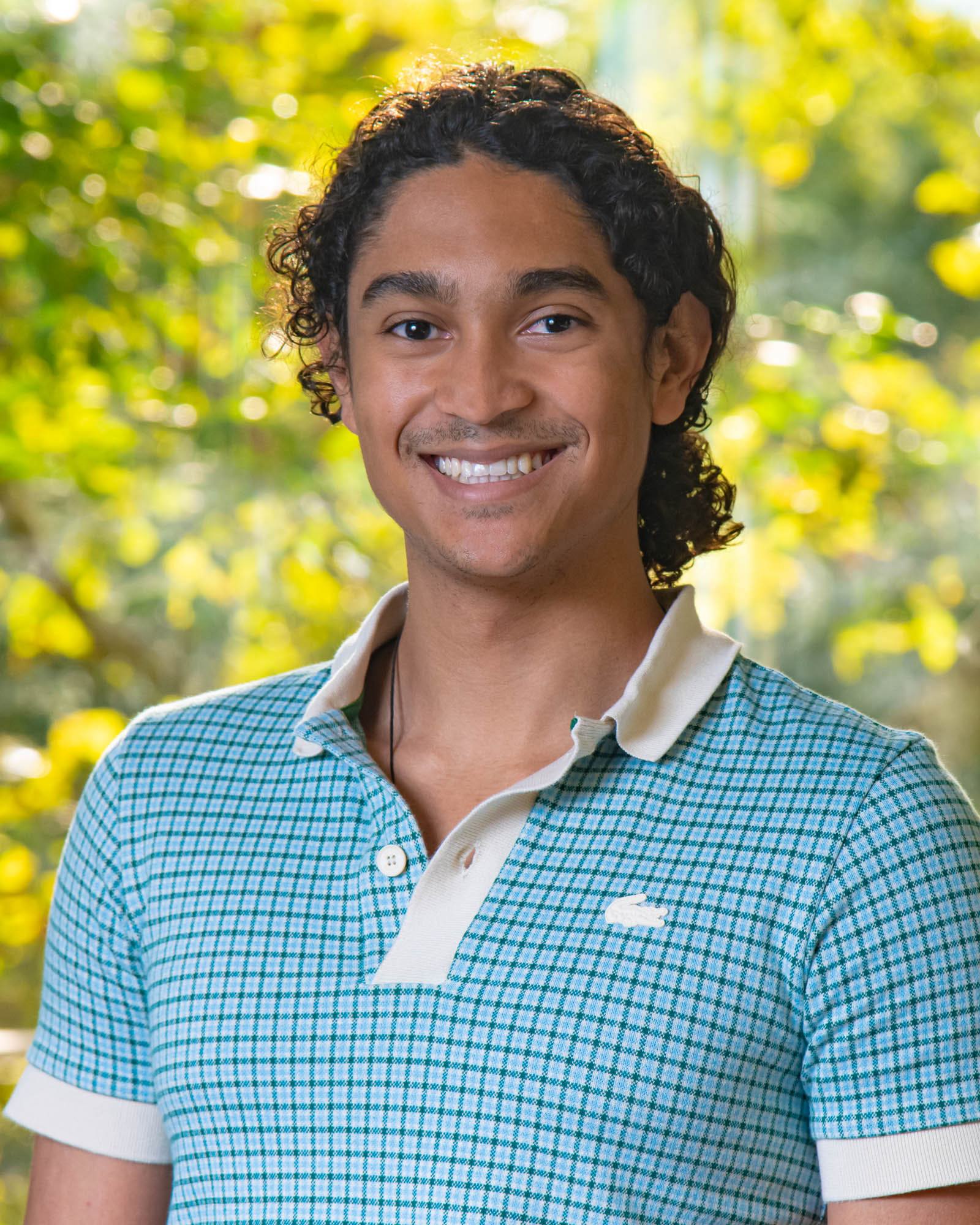
Dame Tus Manos: An Exploration of Oral Histories and Preserving Transnational Consciousness
Abstract: Colombia is a nation with a rich cultural history shaped by impressive geographic, societal and biological diversity. The nation's six unique natural regions fostered the development of a multitude of traditions and identities tied to the land on which people were living. Several violent conflicts throughout the nation's history have led to the long-term displacement of many Colombians, and in a number of cases, eventually served as a catalyst to their emigration. For these people who leave home behind, the use of oral histories and stories can be an important tool for maintaining transnational consciousness and preserving tradition and identity outside of the land that fostered them. Transnational consciousness is a term used by Karen Tejada that she describes as “an individual’s aware- ness of simultaneously belonging in two places—the homeland and the hostland” (Tejada 2016). Through various interviews with Colombian immigrants, informed by a deep dive into Tejada’s theory, I have collected stories that have been used to transfer histories and tradition between generations.
